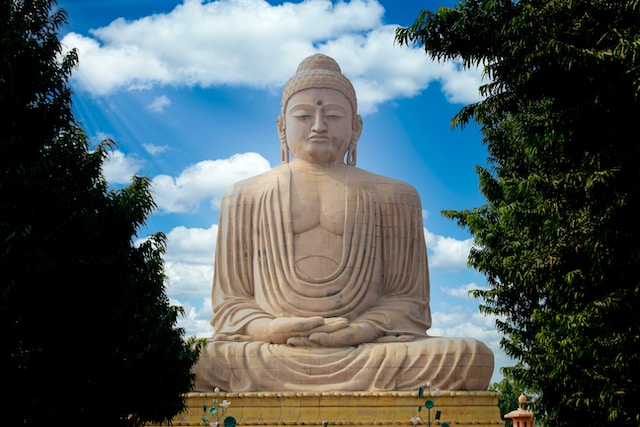Indian Culture Description
Sattriya dance is a classical dance form that originates from the state of Assam in northeastern India. It is a rich cultural heritage that has been passed down from generation to generation for over 500 years. This dance form is unique in its own way and is considered one of the eight classical dance styles in India.
The history of Sattriya dance dates back to the 15th century when it was performed by the Sattras, which were Hindu monasteries in Assam. These monasteries were established to spread the teachings of Vaishnavism, a sect of Hinduism that worships Lord Vishnu. The dance was performed as a form of devotion to Lord Vishnu and was used to convey religious stories and beliefs. Over the years, Sattriya dance has evolved to include a variety of themes and has become an important part of Assamese culture and tradition.
Sattriya dance is performed by both men and women and is characterized by its intricate hand gestures, graceful movements, and intricate footwork. The dance is performed to the accompaniment of traditional Assamese music and is usually accompanied by instruments such as the flute, cymbals, and drum. The costume of Sattriya dance is also unique and comprises of a dhoti, a scarf, and a headgear for men, while women wear a sari, a scarf, and jewelry.
Sattriya dance is performed in various forms such as solo, duet, and group performances. The solo performance is known as the Nritya, which is a graceful and expressive dance that is performed to express emotions and tell stories. The duet performance is called Jugalbandi, which is a competitive dance form where two dancers perform in a friendly competition. The group performance is called Natya, which is a more energetic dance form that is performed by a group of dancers.
In recent years, Sattriya dance has gained recognition and popularity not only in India but also internationally. It is now performed in various parts of the world and has been included in the repertoire of many dance companies. In 2000, Sattriya dance was granted classical dance status by the Indian government, which has helped to preserve and promote this rich cultural heritage.
In conclusion, Sattriya dance is an important part of Assamese culture and tradition and is a rich cultural heritage that has been passed down from generation to generation for over 500 years. It is a unique dance form that is characterized by its intricate hand gestures, graceful movements, and intricate footwork. With its recognition and popularity growing, Sattriya dance is sure to continue to be enjoyed by generations to come.
Visited 48 times, 1 Visit today











